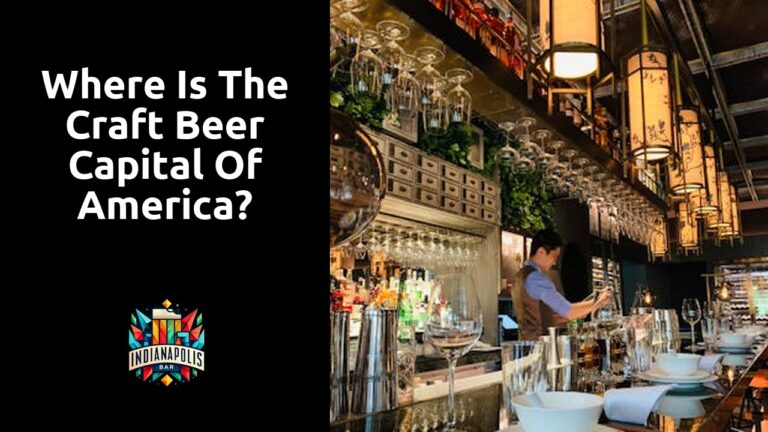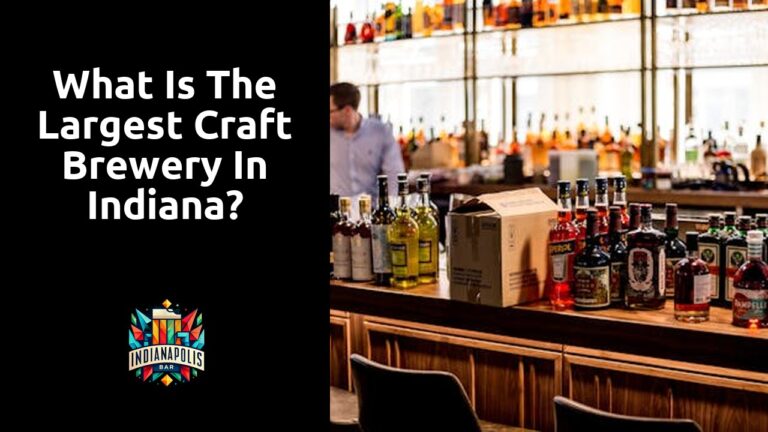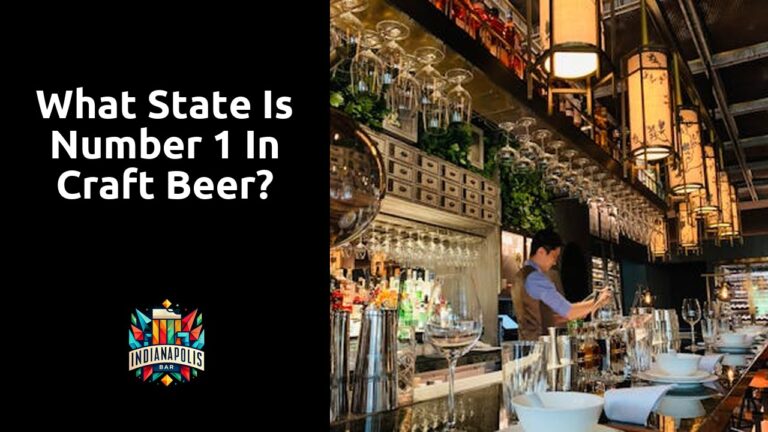Why is craft beer so expensive?
Table Of Contents
Craftmanship and Expertise
Craft beer’s higher price point can largely be attributed to the craftsmanship and expertise that goes into its production. Skilled brewers utilize specialized techniques to craft each batch of beer, ensuring a quality product that stands out from mass-produced alternatives. Unlike commercial beers that are often brewed using automated processes, craft beers are typically handcrafted in smaller batches, requiring more time and attention to detail.
The artistry and dedication of craft brewers contribute to the unique flavors and characteristics of each brew. Their ability to experiment with different ingredients, fermentation methods, and aging processes allows for a diverse range of beer styles that cater to varying tastes and preferences. This level of expertise and creativity comes at a cost, as the labor-intensive nature of crafting these specialty beers results in higher production expenses which are ultimately reflected in the price consumers pay at the taproom or store.
Skilled brewers and specialized techniques are involved in crafting each batch of beer.
Crafting craft beer involves a meticulous and labor-intensive process that requires the expertise of skilled brewers. These individuals possess a deep understanding of the intricate techniques involved in brewing high-quality beer. From selecting the finest ingredients to monitoring fermentation processes, every step in crafting a batch of craft beer is carefully overseen by these dedicated professionals.
Unlike mass-produced beers, craft beer is often brewed in smaller quantities, allowing for more precise control over the brewing process. The specialized techniques employed by craft brewers result in unique and complex flavor profiles that cannot be replicated on a large scale. This attention to detail and commitment to quality craftsmanship contribute to the higher cost of craft beer, as each batch is a labor of love crafted by individuals passionate about their craft.
Packaging and Labeling
Craft beer packaging and labeling play a significant role in why craft beer tends to be more expensive than mass-produced alternatives. Craft breweries often opt for customized packaging and unique labeling designs to stand out on the shelves and attract consumers. These specialized packaging options are more costly to produce compared to the standardized packaging used by larger beer companies. The attention to detail and creativity put into crafting the packaging of craft beers adds to their overall charm, but also contributes to the higher price point.
Furthermore, the labeling of craft beer often involves hand-labeling or small-batch printing processes, which can be more time-consuming and labor-intensive compared to the automated labeling used in mass-produced beer production. In addition to the manual labor involved, the materials used for craft beer labels are typically of higher quality and may include special finishes or textures, further adding to the overall cost of the product. Craft breweries place importance on creating a unique and visually appealing product from the inside out, which is reflected in the packaging and labeling choices made, even if they come at a higher price.
Craft beer packaging and labeling are often customized and pricier than massproduced options.
Craft beer packaging and labeling are a key component in the overall presentation and marketing of craft brews. Unlike mass-produced options, craft breweries often invest in unique and customized packaging that reflects the individuality and artistry of their brews. This attention to detail not only sets craft beers apart on the shelves but also adds to the overall cost of production, contributing to the higher price tag that consumers often see.
Furthermore, the pricier nature of craft beer packaging can also be attributed to the specialized materials and techniques used in the process. Craft breweries may opt for high-quality, sustainable materials for their packaging, which come at a higher cost than the standard options used by larger beer producers. Additionally, the printing and labeling techniques employed by craft breweries are often more intricate and labor-intensive, resulting in a higher overall production cost that is ultimately reflected in the price of the final product.
Sustainability Practices
Craft beer breweries often prioritize sustainability practices in their operations. From using locally sourced ingredients to implementing energy-efficient systems, these eco-friendly initiatives contribute to the higher cost of craft beer production. For instance, some breweries invest in renewables like solar panels or implement water-saving technologies to reduce their environmental impact. While these practices align with the values of many craft beer consumers, they also add to the overall price of the product.
In addition to sustainable production methods, craft breweries may also use recyclable or biodegradable packaging materials. While mass-produced beers often come in standard cans or bottles, craft brewers may opt for more environmentally friendly packaging options that are pricier to produce. This commitment to sustainability not only reflects the brewery’s ethos but also resonates with consumers who are increasingly conscious of the environmental impact of their purchases. By prioritizing sustainability practices, craft breweries not only differentiate themselves in the market but also contribute to a more eco-conscious industry as a whole.
Many craft breweries prioritize ecofriendly practices, which can increase costs.
Craft breweries that prioritize eco-friendly practices often incur higher costs due to the implementation of sustainable measures throughout the brewing process. From sourcing local ingredients to utilizing energy-efficient equipment, these practices contribute to the overall higher price of craft beer compared to mass-produced alternatives. While these initiatives align with environmentally conscious values, they can significantly impact the production costs for craft breweries.
In addition to sustainable sourcing and operations, many craft breweries invest in eco-friendly packaging materials and methods. Packaging design often plays a significant role in the branding of craft beer, with unique and environmentally friendly packaging setting these products apart from mainstream options. While these practices enhance the overall sustainability of craft beer production, they can also add to the overall price of the product for consumers.
FAQS
Why do craft beers cost more than mass-produced beers?
Craft beers are often more expensive due to the higher quality ingredients, specialized techniques, and smaller production scale involved in their brewing process.
How do skilled brewers contribute to the cost of craft beer?
Skilled brewers play a significant role in crafting unique and flavorful batches of craft beer, which requires expertise and experience that can lead to higher production costs.
What factors contribute to the packaging and labeling expenses of craft beer?
Craft beer packaging and labeling are usually customized and designed with attention to detail, which can add to the overall cost compared to mass-produced beer with standard packaging.
Why are sustainability practices important in craft beer production?
Many craft breweries prioritize eco-friendly practices such as sourcing local ingredients, reducing waste, and energy efficiency, which can lead to higher production costs but are essential for environmental sustainability.
Are there any benefits to paying more for craft beer?
While craft beer may be more expensive, the quality, taste, and unique flavors offered by craft breweries often justify the higher price point for beer enthusiasts looking for a premium drinking experience.





